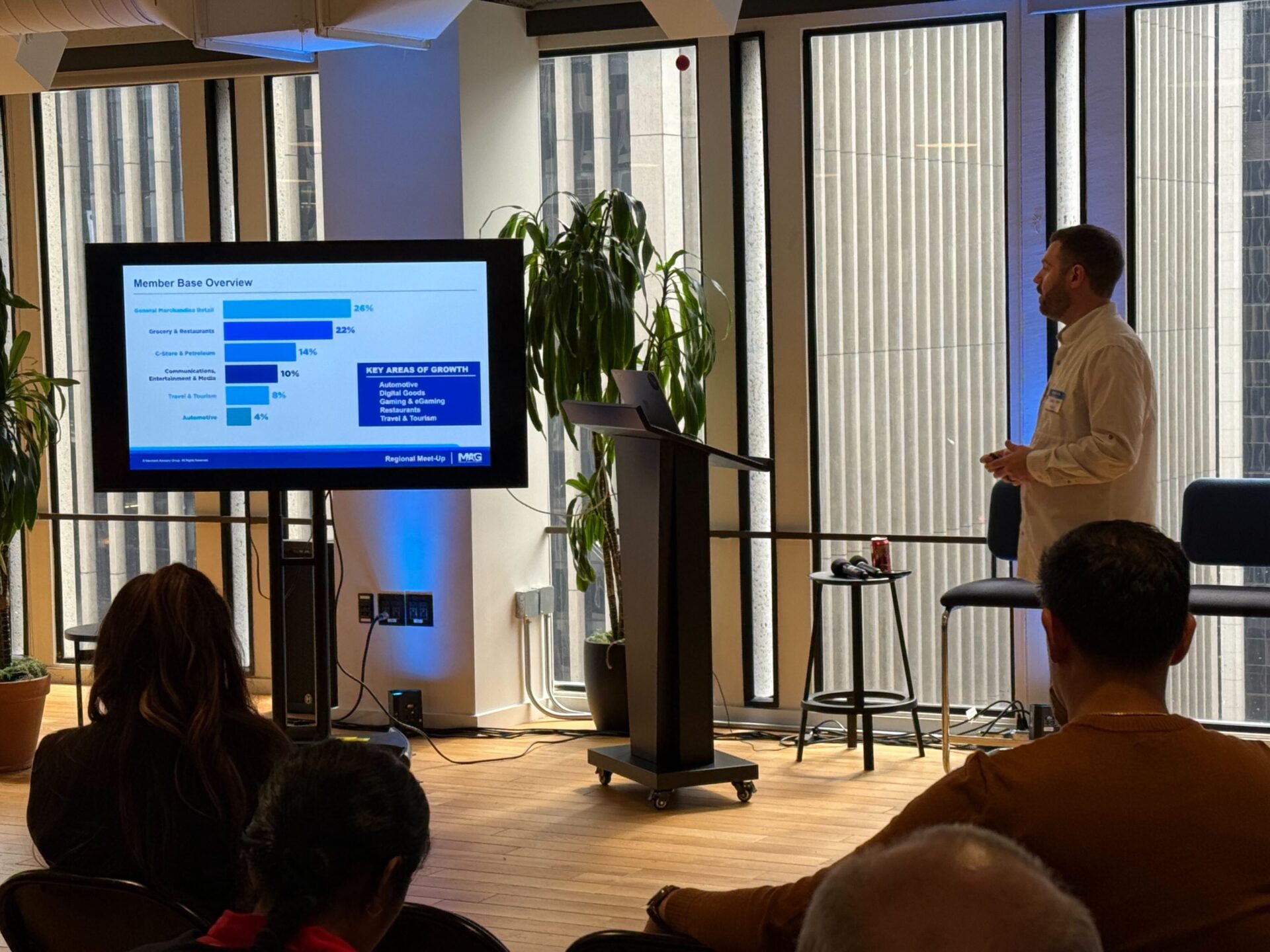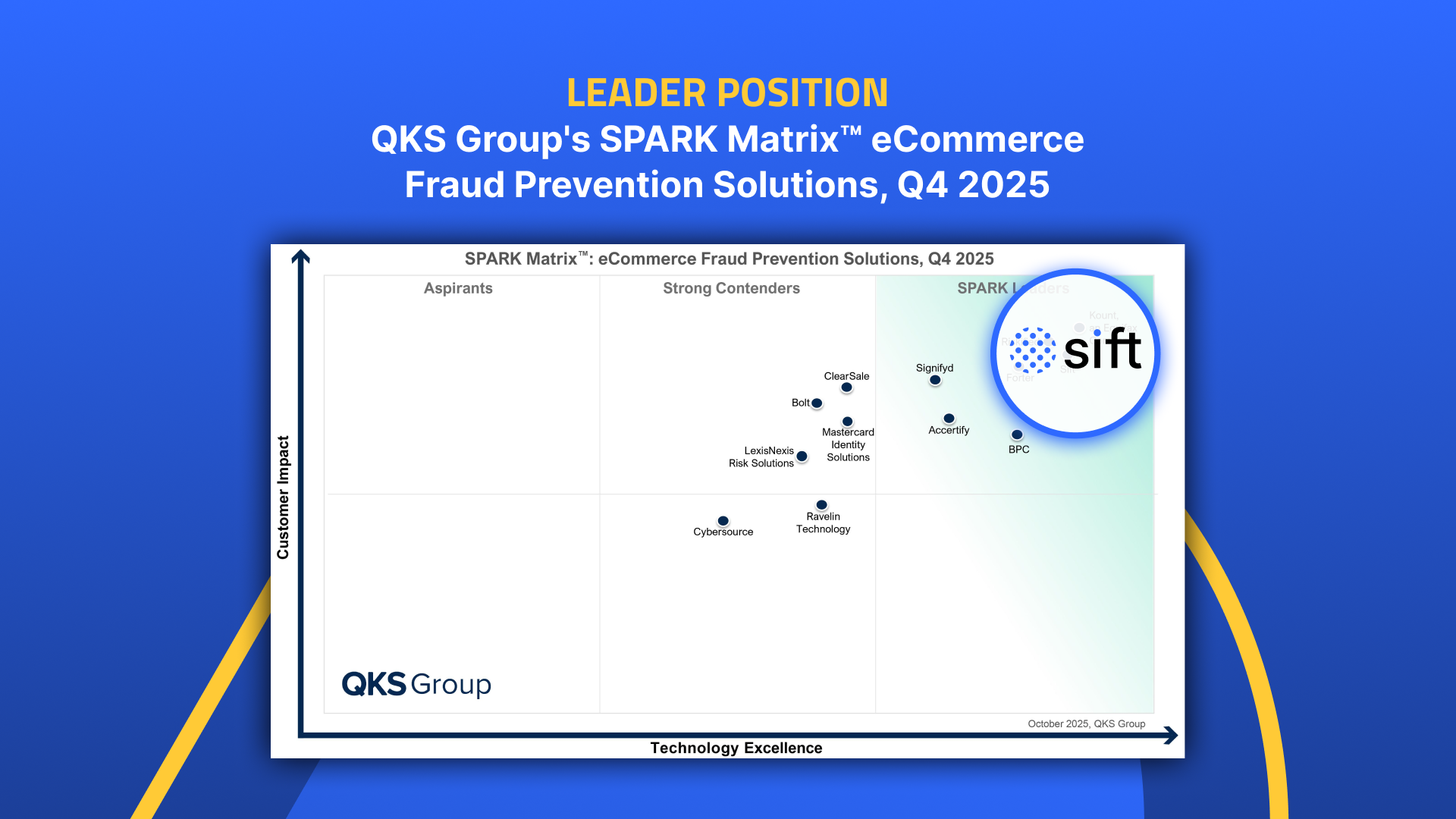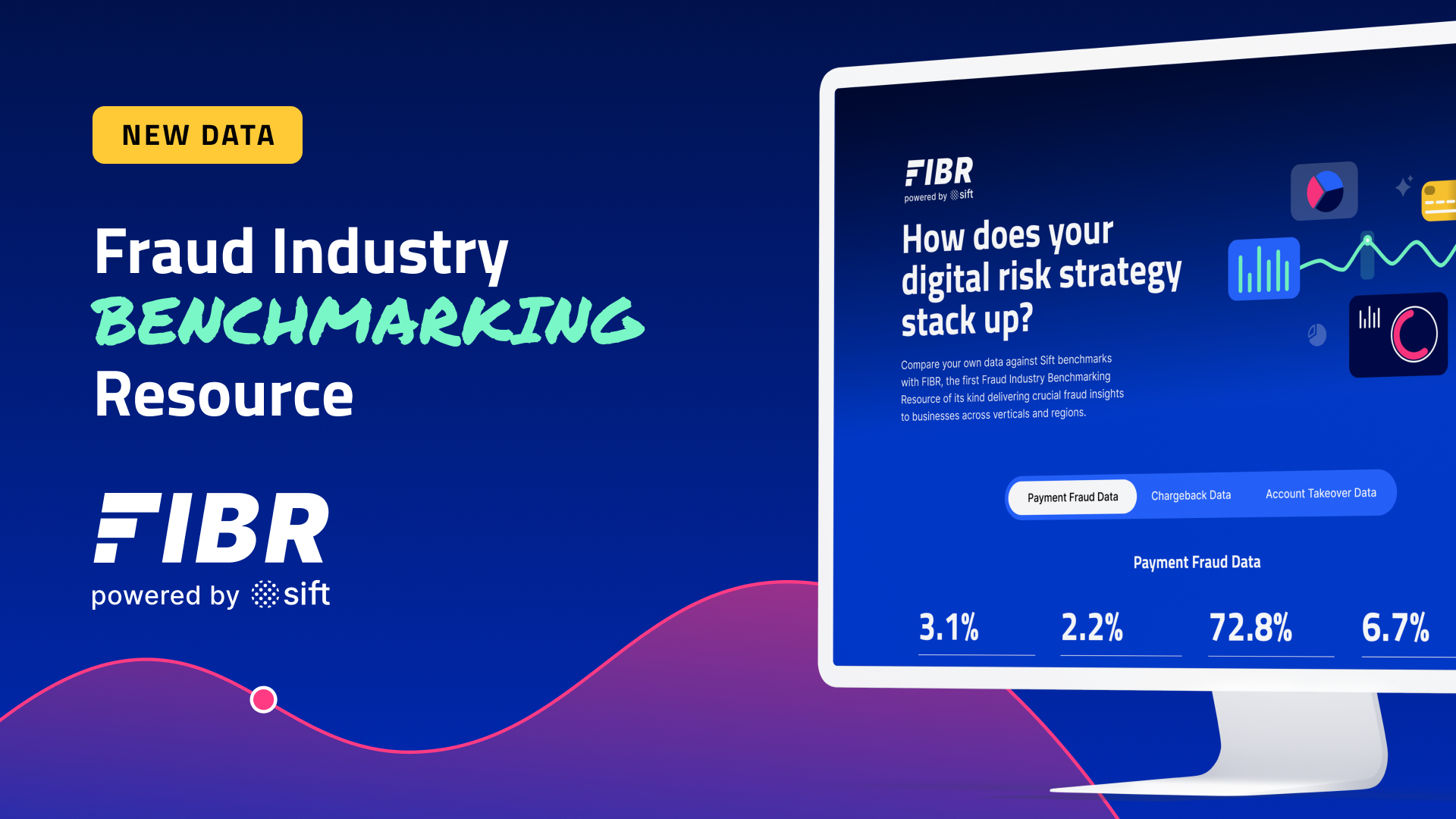This October, merchants from across the Bay Area gathered at WeWork Embarcadero for the MAG | Sift San Francisco Merchant Meet-Up—an afternoon of practical insight and open discussion about the state of fraud in digital commerce.
Hosted with the Merchant Advisory Group (MAG), the event gave peers space to explore what’s next in digital risk and payments—and how fraud and payments teams now balance risk management with revenue growth.
1. Agentic AI Grounded in Outcomes Can Deliver Real Value
Agentic AI (systems that plan and act toward goals autonomously) drove the most discussion. Many merchants are already testing it to automate chargeback documentation, streamline refund reviews, or route transactions based on risk.
The consensus: agentic AI isn’t a cure-all. Projects that don’t deliver measurable ROI fade quickly. In other words, if it doesn’t move approval rates or reduce headcount hours, it doesn’t stick. The sentiment mirrors analyst caution: Gartner projects that more than 40% of agentic AI initiatives will be abandoned by 2027 for failing to deliver results.
The takeaway is to start small and stay measurable. Even modest efficiency gains can validate impact faster than broad pilots. The merchants seeing results embed human oversight, maintain audit trails, and benchmark every use case against fraud and finance KPIs.
2. Passkeys Are Moving from Promise to Practice
Everyone agreed: passwords are collapsing under their own weight. Credential stuffing and phishing continue to drive account takeover (ATO), pushing merchants toward phishing-resistant authentication.
According to the FIDO Alliance, 87% of companies in the U.S. and U.K. are piloting or deploying passkeys, and NIST’s latest Digital Identity Guidelines endorse them as a best practice.
Merchants are taking practical steps, like enabling passkeys for returning customers, binding trusted devices, and focusing on mobile logins where UX is strongest.
When paired with adaptive risk checks like device fingerprinting, passkeys help block fraudsters without adding friction for trusted users. Authentication is becoming a conversion opportunity, not a compliance task.
3. Account Takeover is a Risk and Revenue Problem
The most urgent discussion centered on ATO, reframed as a frontline revenue issue. The FTC reported $12.5 billion in consumer fraud losses in 2024, with ATO a major driver. Beyond direct loss, every compromised account erodes lifetime value, inflates acquisition costs, and corrupts risk models.
Leading merchants now track ATO alongside chargebacks and false declines, and link fraud metrics to loyalty and retention. Progress comes from identity resolution across the customer journey, from sign-up to transaction to rewards. Fraud, payments, and loyalty teams are converging on shared goals: less friction, higher approval rates, and durable customer trust.
Trust is the New Growth
Fraud and payments teams no longer sit at the edge of the customer journey—they are the journey. Every decision is a revenue decision.
The merchants leading this charge are operationalizing trust by measuring it, automating it, and aligning it with financial outcomes. Agentic AI, passkeys, and ATO mitigation aren’t abstract technology debates; they’re growth engines that shape experience and secure advantage.
Trust drives revenue. Those who operationalize it now will define the future of digital commerce.



Explore how these trends intersect in Sift’s latest Digital Trust Index, examining account takeover in the era of agentic AI.







